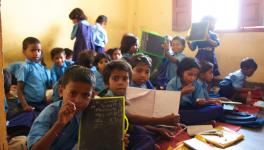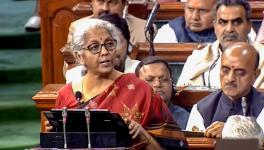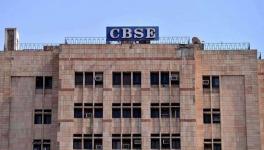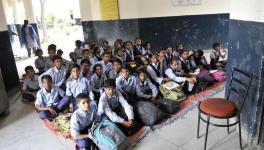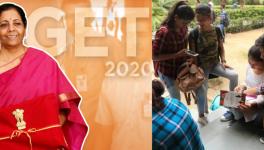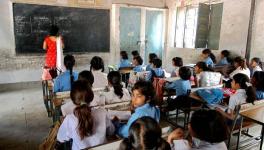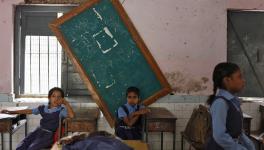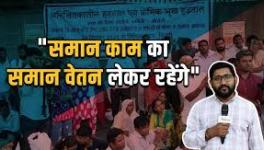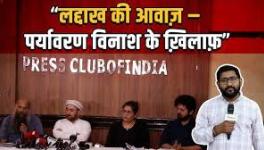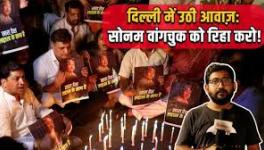CBSE Results 2018: Delhi Government Schools Outshine Private Schools, Third Time in a Row
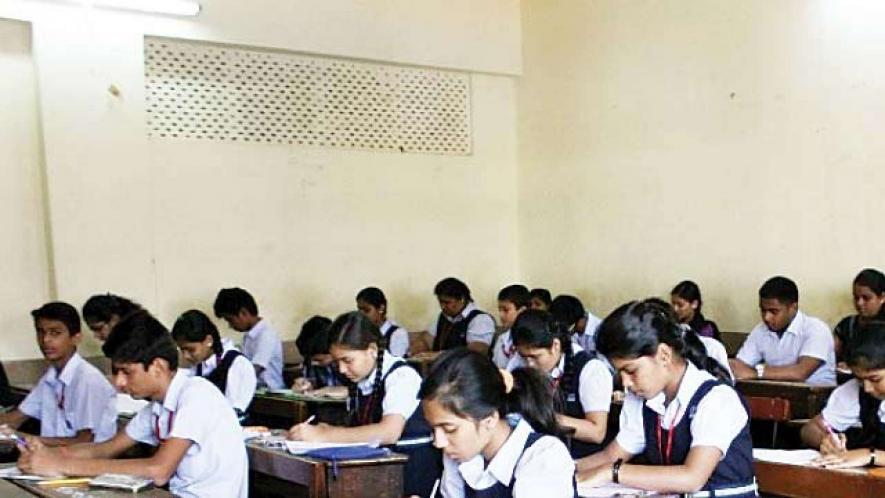
Image Courtesy : DNAIndia
Central Board of Secondary Education (CBSE), after announcing this year’s 12th standard results, announced that this was the third time in a row that students of the government schools in the Delhi region outshone their private school counterparts.
According to the board, the government schools have made an unprecedented performance by registering 90.68 passing percentage of class XII students. This is the first time in last 20 years that the passing percentage of government school students have crossed the benchmark of 90 percent. The board also said that girls fared better than boys in Class XII results. While the passing percentage for the girls was 88.31 percent, the passing percentage for the boys remained at 78.99 percent.
Commenting on the remarkable performance, Delhi Deputy Chief Minister Manish Sisodia applauded the govt. school results of 90.64%, which is 2.37% (points) higher than last year’s 88.27%.
The success has a secret
An analysis of class XII results shows that this success is directly linked with investment in education sector.
Prior to 2016-17, the private schools or individual institutions fared better for two consecutive years; 2014-15 and 2015-16. Their passing percentage remained 92.09 percent and 89.75 percent respectively. Delhi’s government schools had only received Rs 2,060 crores (Budget Estimates) in 2014-15 as the national capital was under the President's rule.
The scenario was completely turned on its head when after a year of the president’s rule, the Aam Aadmi Party came to power in the national capital. The government increased its investment to Rs 10,690 crore in 2016-17 in comparison with Rs 4,102 crores (Budget Estimates) allocated in 2015-16.
The increase in Budgetary allocation also resulted in good results. In 2017-18, its investment stood at Rs 11,300 crore whereas it proposed to spend Rs 13,997 crore in the current year. Thus began the success story of Delhi, with 88.91 percent students passing the exams in 2016-17. And the trend continued with the 2017-18 and 2018-19 results, where 88.27 percent and 90.68 per cent students passed respectively.

Improved infrastructure has also helped the teachers in managing students better. "The benefit of increased rooms is that now the teachers can teach the students without any hassles. If you are conducting classes in the open, the noise of the students prevents teachers from teaching them. Much of their energy got lost in managing them," said a teacher from a Delhi Govt. school, requesting anonymity.
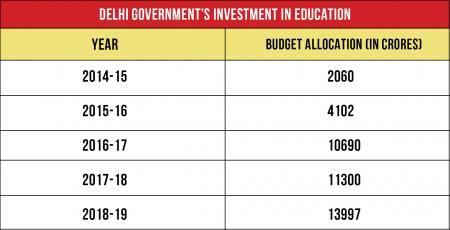
The Antidote to privatisation drive
The remarkable ascent in the results shown by the Delhi government schools also puts an end to the popular belief that the private sector is more efficient in delivering services and resposibiliteis than its government counterpart. The belief has received another blow from Thiruvananthpuram, where the government schools have successfully maintained the number one position and outshone the private schools. Additionally, government schools in Kerala saw an increase in the enrolment from 40.6 percent in 2014 to 49.9 percent in 2016.
Vikram Singh, the National Secretary of Students' Federation of India (SFI) said that the experiments of Delhi and Kerala shows that popular belief, of private being better than govt. schools, is wrong. "After the left government came to power, it reversed the decisions of previous government which ordered closure of schools who were not performing well. After years, the enrolment in government schools increased," said Singh.
"We have also seen that if governments are willing to increase the budget and utilise it effectively, then government schools can also show great results," added Singh.
Get the latest reports & analysis with people's perspective on Protests, movements & deep analytical videos, discussions of the current affairs in your Telegram app. Subscribe to NewsClick's Telegram channel & get Real-Time updates on stories, as they get published on our website.










